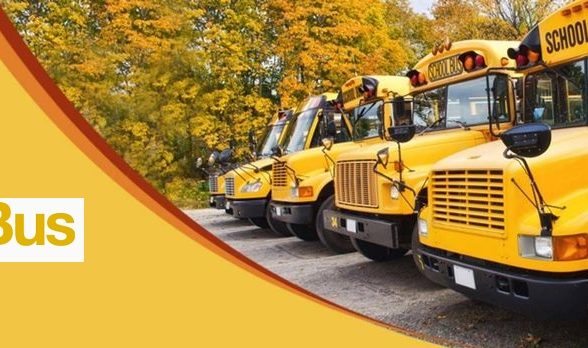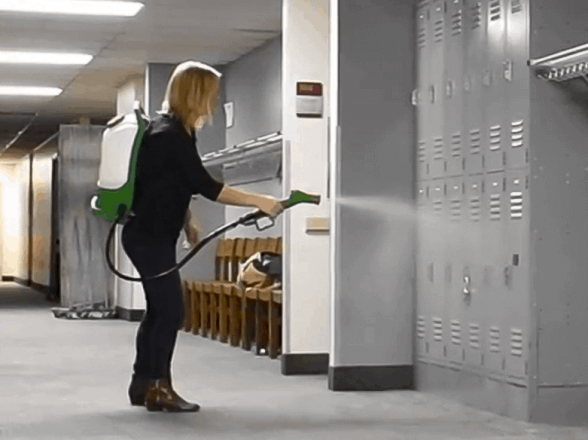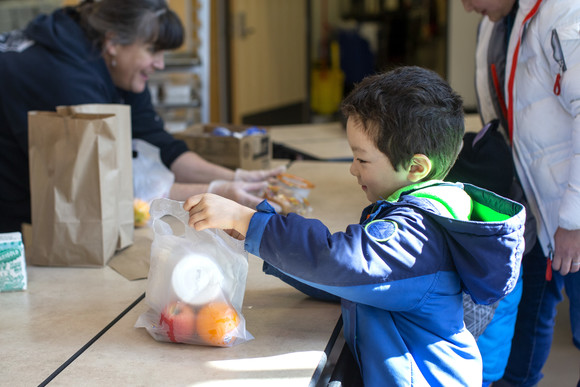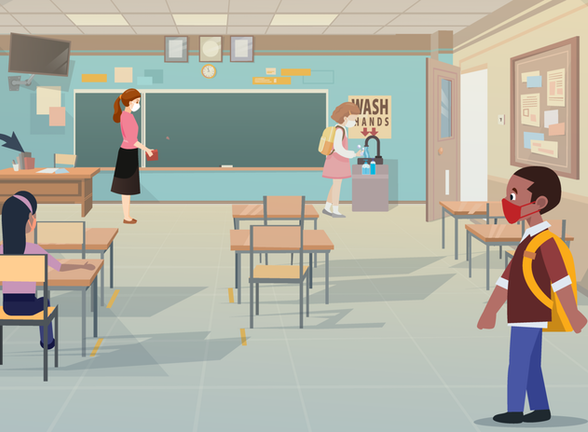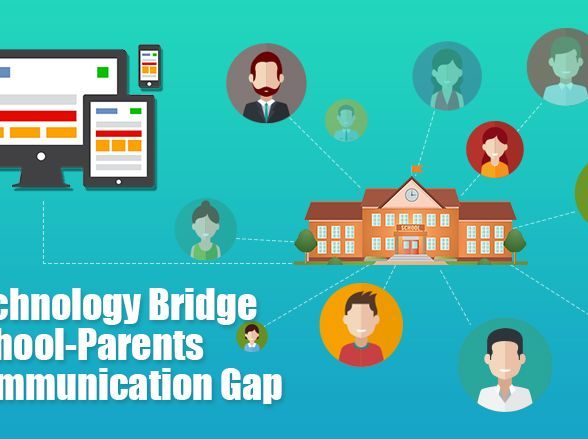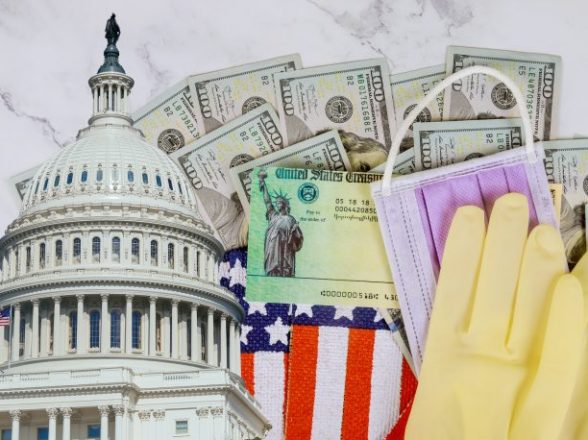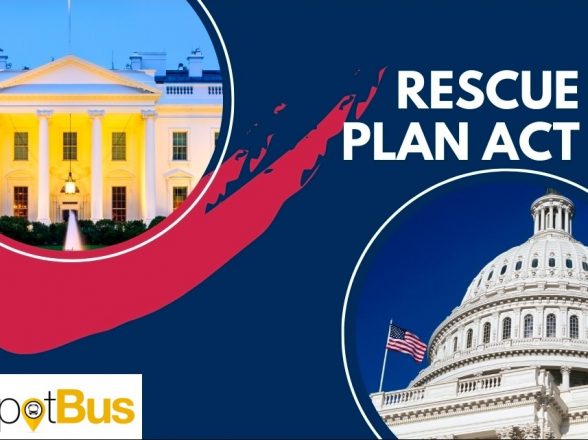$129 Billion Federal Infusion for Education
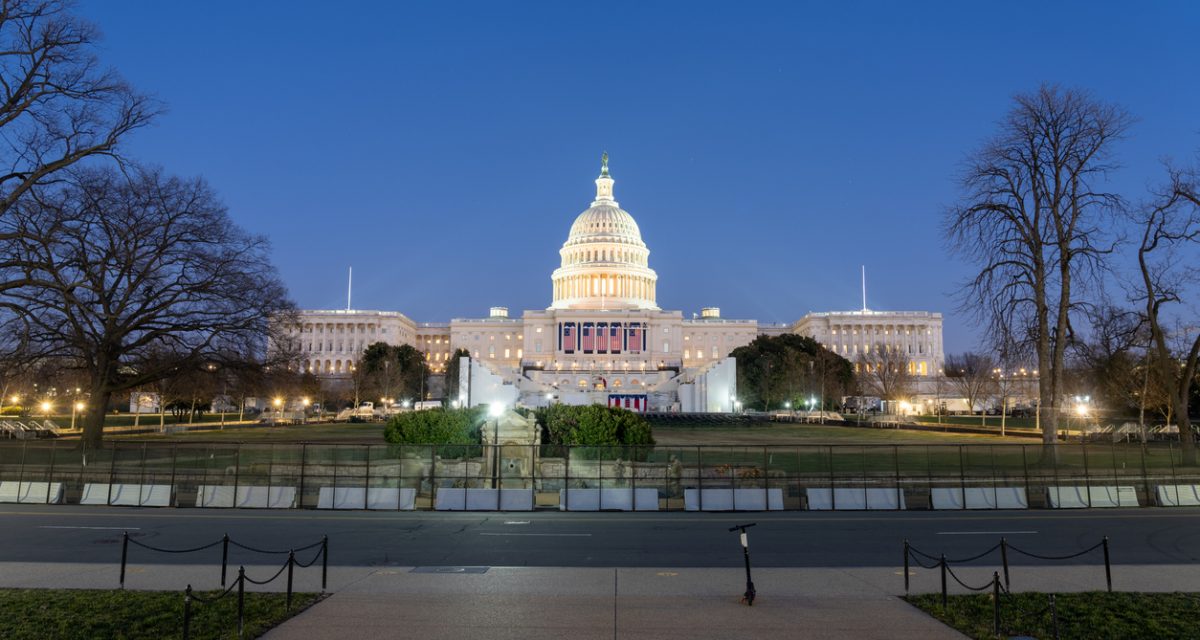
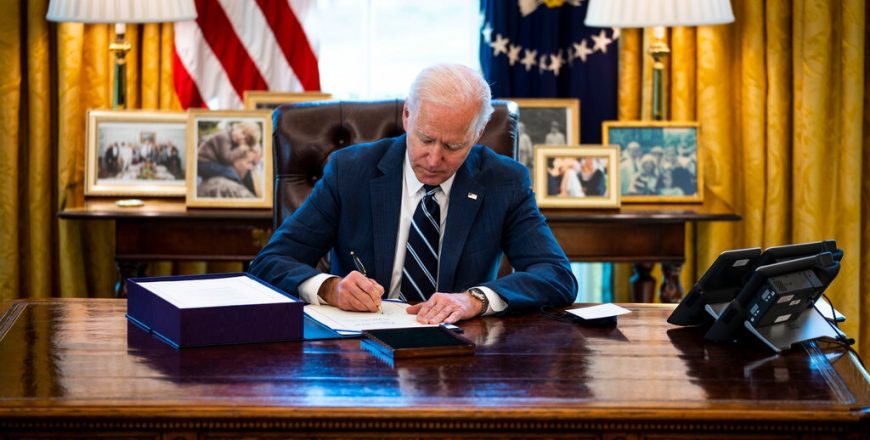
The US government has a clear vision to help solve the many problems that the country is facing. President Joe Biden unveiled his first budget proposal on Friday in hope of successfully achieving this vision. The $1.5 trillion budget would result in more than double the funding for the federal K-12 programme. Furthermore, this programme supports public school districts that serve students from low-income backgrounds.
Advancing one of Biden’s primary policy agendas, approximately $129 billion will go directly to K-12 education. Title I focuses on providing financial assistance to students from low-income families. These students will receive an increase in funding from $17 billion to $36.5 billion. According to Shalanda Young, the director of the Office of Management and Budget, “this discretionary request also makes a historic investment in the Title I grant program, which would help school districts deliver high-quality education to students from low-income families”. Therefore, the main goal of this relief package is to assist the return of students into classrooms and address lost learning. Furthermore, districts have a long timeline until 2024 to spend the money. This implies how important the investment is to help students recover from the past academic year.
However, administration believes that $129 billion may not be enough to cover the full costs required to reopen schools. A report by Education Resource Strategies also believes that districts would need to recover eight months of learning by adding approximately two months of additional instruction yearly for the next five years. “In our most affected communities, it’s going to take an investment of new resources over several years and a strategic reorganization of people, time and money to tackle inequities and unsustainable underlying cost structures”,
How Can Schools Use $129 Billion in Covid Relief Funds?
Most of it will go directly to K-12 schools, with a chunk dedicated to learning loss. But districts will also have much leeway in how they spend the aid.
Where the money goes
The $1.9 trillion relief plan has a lot of money going to education. About $129 billion goes directly to K-12 education. Before a school reopening summit meeting on Wednesday, President Biden announced the release of $81 billion of the funds. Separately, colleges and universities will get about $40 billion.
On top of school-specific funding, about $7 billion goes to the federal E-Rate program, which helps students get online. And the stimulus expanded funding to families with children, a policy overhaul that will greatly enlarge the safety net for the poor and the middle class, if only temporarily.
Below, we compiled a breakdown of key items. And here’s the bill, if you want to read it for yourself.
K-12 schools
Advancing one of President Biden’s main policy agendas, the relief package focuses on getting students back into classrooms and making up for learning loss. Districts have until late 2024 to spend the money, which they should receive within a few months. Experts said the long timeline is an acknowledgment of how much investment students may need to recover from this past academic year.
Here are some of the main provisions:
- About $110 billion goes directly to school districts. States and districts that serve low-income students will get more money per student. About $22 billion of this money must go to address lost learning. The rest is pretty much up to the district.
- Summer enrichment programs and after-school programs both will get at least $1.2 billion.
- Programs and grants for students with disabilities will get about $2.6 billion.
- Private schools that serve a “significant” number of low-income students will get about $2.8 billion. Our colleague Erica Green wrote an illuminating piece about how this provision sneaked into the bill.
- The plan also earmarks $800 million to identify and support homeless students.
In earlier stimulus packages, K-12 schools received about $70 billion, a financial defibrillator that many districts plan to use to stave off deep budget cuts or retrofit buildings for in-person learning. Our partner, a school finance expert Policy, estimates that the new injection of money comes to about $2,400 per student, weighted toward students in low-income, low-performing districts. (In total, the stimulus bills and rescue plans provide schools with an extra $4,000 per student)
“You really could do almost anything, “There’s not a requirement that they reopen the schools under any amount of time.”
With so few guidelines, superintendents now have to deal on their own with competing interest groups vying for funding.
“You could claim whatever you want to claim as programs to address learning loss,” Roza said. “We’ve seen districts that have seen a lot of enrollment declines and now they’re not getting as much money because they don’t have as many kids. They’re saying, ‘Oh, our investment will be smaller classes. Ta-da!’”
The extended timeline for spending the money has also drawn some criticism from experts. And conservatives have argued that districts will be tempted to use the money to pad payrolls rather than to address learning loss. “The bill is essentially a nearly decade-long subsidy for the unions that supported Joe Biden,
But a long timeline, other educational experts said, is essential to addressing the upheavals of the past year. It takes time to help students regain lost literacy ground, and it takes patience to help students find confidence after a year of remote learning or pandemic-caused failing grades.
And some experts said the flexibility built into the plan will give schools the chance to experiment. Districts could extend the school year (with summer school) or extend the school day (with after-school programs). Or, districts could try more innovative approaches through tutoring programs or a community-school focus, providing students with a lot more than classes.
Many schools have discontinued majors and laid off tenured faculty. Some have even closed.
K-12 update
- New data from Maryland suggests that failure rates doubled or tripled in some districts.
- Miguel Cardona, the education secretary, stood by federally mandated standardized testing after more than 500 education researchers asked him to reconsider the rules.
- Chicago plans to start its school year earlier — before Labor Day — in an effort to make up for lost learning time.
- The U.S. Census Bureau found a sharp increase in home-schooling this year, though some have questioned the accuracy of the data.
- Massachusetts approved requests from 58 districts to delay full reopening for students in lower grades. Delays may soon come for Boston and Worcester, the state’s two largest districts.
- New York City parents whose children have been learning remotely in the city’s public schools system can sign up for in-person learning was till April 7.
- A federal survey, the first during the pandemic, found that more than 40 percent of fourth- and eighth-grade students were learning remotely in January, even though three-quarters of school buildings were at least partly open. Racial disparities were stark: About half the white fourth graders were in full-time, traditional school, while a majority of Black, Hispanic and Asian-American fourth graders were learning fully remotely.
- A good read from The Times: Parents in affluent New Jersey suburbs are fighting to reopen classrooms. The local teachers’ unions have dug in their heels.
- A good read from The Washington Post: Teachers are fanning out across the country to find missing students. Rich Pimentel, an assistant principal in Indio, California, has found students in tents, in homeless shelters, in date-harvesting fields. “I’m here because I care about you,” he said to a student.


